Discover the Advancements in Cleanroom Ceiling Technologies
In recent years, advancements in cleanroom ceiling technologies have revolutionized how industries maintain controlled environments. From healthcare to semiconductor manufacturing, cleanrooms play a crucial role in ensuring the highest standards of cleanliness and contamination control. In this blog post, we'll explore the latest innovations in cleanroom ceiling technologies that are making waves in various industries. Photo courtesy of CleanAir Solutions, Inc.
The Importance of Cleanroom Ceilings
Cleanroom ceilings are a critical component of maintaining the stringent standards required for controlled environments. They play a key role in air filtration, lighting, and overall structural integrity, ensuring that the cleanroom remains free of contaminants.
Without a well-designed ceiling, a cleanroom would struggle to maintain its sterility and cleanliness levels. The ceiling is responsible for evenly distributing filtered air, which is essential for flushing out particulate matter that might compromise sensitive processes. This is especially important in industries such as pharmaceuticals and biotechnology, where even the slightest contamination can affect product integrity.
Aside from air quality, the ceiling's construction also supports various types of lighting and equipment installations necessary for efficient cleanroom operations. Strong structural integrity ensures that these installations remain stable and functional over time. This blend of functional support and contamination control makes cleanroom ceilings indispensable in controlled environments.
Innovative Materials for Cleanroom Ceilings
New materials such as high-performance composites and non-porous surfaces are now being used in cleanroom ceiling construction. These materials offer enhanced durability and easier maintenance, which are essential for maintaining a sterile environment.
High-performance composites, for instance, are known for their strength and resistance to wear and tear. These benefits translate into longer-lasting ceiling structures that can handle the rigorous cleaning protocols required in cleanrooms. Non-porous surfaces, on the other hand, minimize the risk of microbial growth and make it easier to achieve the stringent cleanliness standards enforced in these settings.
Additionally, these innovative materials often come with antimicrobial properties that further enhance their suitability for cleanrooms. By incorporating materials that resist bacterial and fungal growth, industries can significantly reduce contamination risks. This dual advantage of durability and enhanced sterility makes the adoption of innovative ceiling materials a game-changer for maintaining high cleanroom standards.
Integration of HEPA and ULPA Filters
High Efficiency Particulate Air (HEPA) and Ultra Low Penetration Air (ULPA) filters are being integrated directly into cleanroom ceilings. This integration improves air quality by effectively removing particles as small as 0.12 micrometers, providing superior contamination control.
The seamless integration of these filters into the ceiling structure is a strategic move towards optimizing cleanroom performance. By incorporating these filters into the ceiling, industries can ensure that the air entering the cleanroom is filtered at the source, reducing the potential for contaminants to infiltrate sensitive areas.
Moreover, this integration simplifies the overall cleanroom design. It eliminates the need for separate, bulky filtration units and creates more usable space within the environment. This not only makes the cleanroom more efficient but also reduces the complexity and maintenance requirements of having multiple filtration systems operating simultaneously.
Modular Ceiling Systems
Modular ceiling systems are becoming increasingly popular due to their flexibility and ease of installation. These systems allow for quick adaptations and expansions, making them ideal for industries that require frequent layout changes.
One of the standout features of modular ceiling systems is their adaptability. Whether it's a minor adjustment or a major overhaul, these ceilings can be easily reconfigured to meet changing operational needs. This is particularly beneficial in research and development settings, where project requirements can evolve rapidly.
Additionally, modular systems offer a cost-effective solution for expanding cleanroom spaces. Instead of investing in entirely new constructions, industries can simply add or remove modules based on current demands. This scalability ensures that the cleanroom infrastructure remains aligned with operational goals without necessitating significant financial outlays.
Energy-Efficient Lighting Solutions
Energy-efficient LED lighting systems are now commonly integrated into cleanroom ceilings. These lighting solutions not only reduce energy consumption but also minimize heat generation, which is crucial for maintaining temperature-controlled environments.
LED lighting solutions offer multiple benefits beyond energy savings. Their lower heat output means that cleanrooms experience less thermal load, which is essential for maintaining consistent environmental conditions. In temperature-sensitive processes, such as those in semiconductor manufacturing, this consistency is vital for achieving reliable results.
Furthermore, LED lights have a longer lifespan compared to traditional lighting, reducing the frequency and cost of replacements. This longevity ensures that cleanroom operations remain uninterrupted and maintenance efforts are minimized. By combining energy efficiency with durability, LED lighting enhances the overall sustainability and functionality of cleanroom environments.
Smart Technologies and Monitoring Systems
The incorporation of smart technologies, such as automated monitoring systems, allows for real-time tracking of air quality and other critical parameters. These systems help in the timely detection of potential issues, ensuring the cleanroom environment remains uncompromised.
Smart technologies bring a new level of precision and control to cleanroom management. Automated monitoring systems can continuously track variables like particle count, humidity, and temperature, providing instant alerts if any parameter deviates from the set standards. This real-time feedback allows for immediate corrective actions, minimizing the risk of contamination.
Moreover, these smart systems often come with integrated data analytics capabilities. By analyzing historical data, industries can identify trends, make informed decisions, and optimize cleanroom operations. This proactive approach not only enhances contamination control but also improves overall efficiency and productivity.
Stay Updated with the Latest Cleanroom Ceiling Technologies
Advancements in cleanroom ceiling technologies are continuously evolving to meet the ever-growing demands of various industries. These technologies not only enhance the efficiency and functionality of cleanrooms but also contribute to overall safety and compliance. As industries continue to progress, staying updated with the latest technologies will be key to maintaining optimal cleanroom environments.
For your next cleanroom ceiling project contact CleanAir Solutions, Inc. at (707) 864-9499, or by email to Sales@CleanroomSpecialists.com. You can browse the website for more information at www.CleanRoomSpecialists.com

